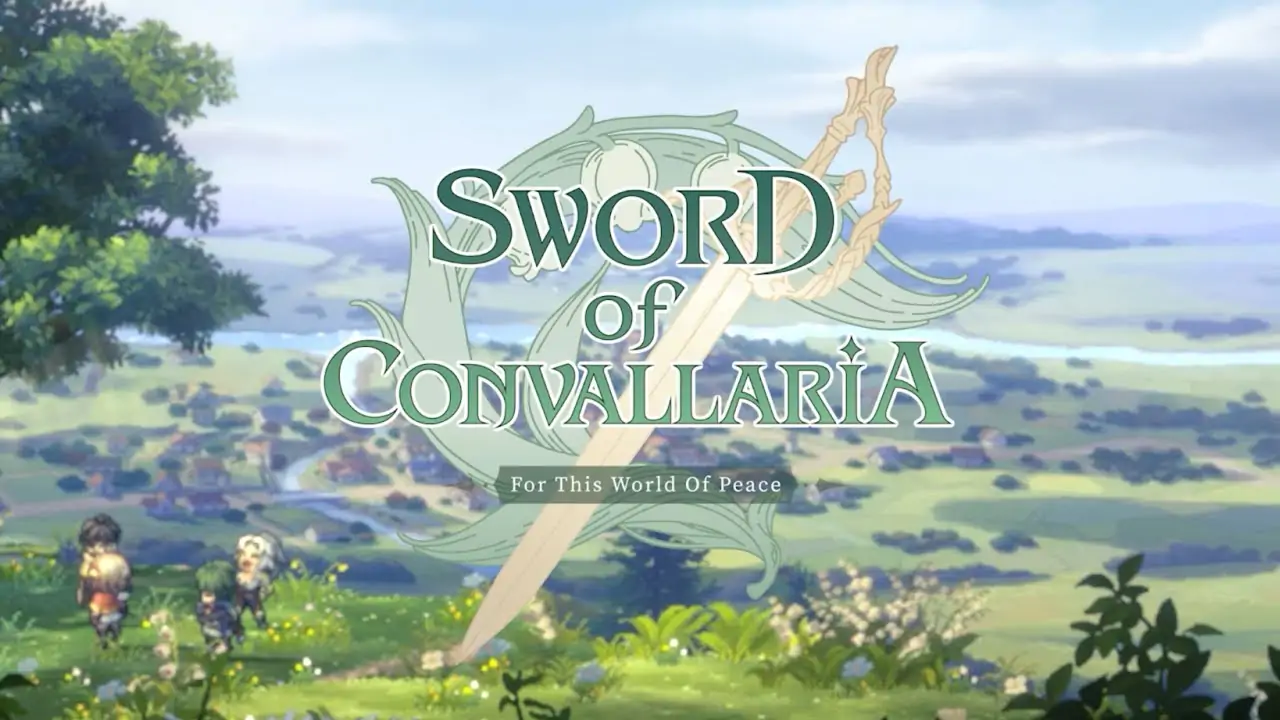Can Sword of Convallaria sit at the table with Final Fantasy Tactics?
Sword of Convallaria is a turn-based tactics game developed by XD International. This fantasy tactical RPG aims to revitalize the Japanese turn-based & pixel art genre. You will have to collect & train a roster of mercenaries, customize them, and use your own strategy to save the nation of Iria.
Story
The story of Sword of Convallaria will be familiar, but as you go through each chapter, you will unveil a number of different secrets and twists. Initially, starting out, you are in a cell, with little to no memory of how you got there and who you even are. But then you are rescued by a squad of mercenaries who fight valiantly to free you.
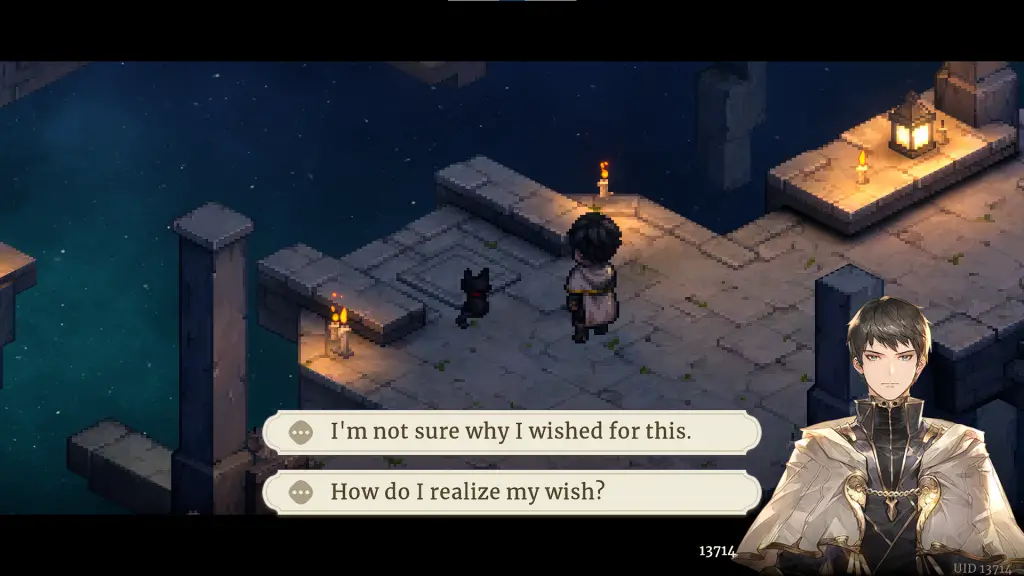
In these opening moments, you learn the basics of combat and the turn system. A quite basic SoC opens up a number of different mechanics, which we will explore later in the gameplay section.
Cutscenes are also not skippable, but you may fast-forward through them. I wouldn’t suggest it since you might become confused at a few moments here and there. The story is very reminiscent of Final Fantasy Tactics, minus all the political intrigue. Your character learns about these mercenaries and even becomes one himself. Through this, we learn about our next system, which is memories and tarots.
In the early chapters we are tasked with escaping and establishing ourselves and creating a party, but we are also going through different memories of our saviors. I don’t want to include spoilers, but there is a lot of war and a unique take on the political side of it.
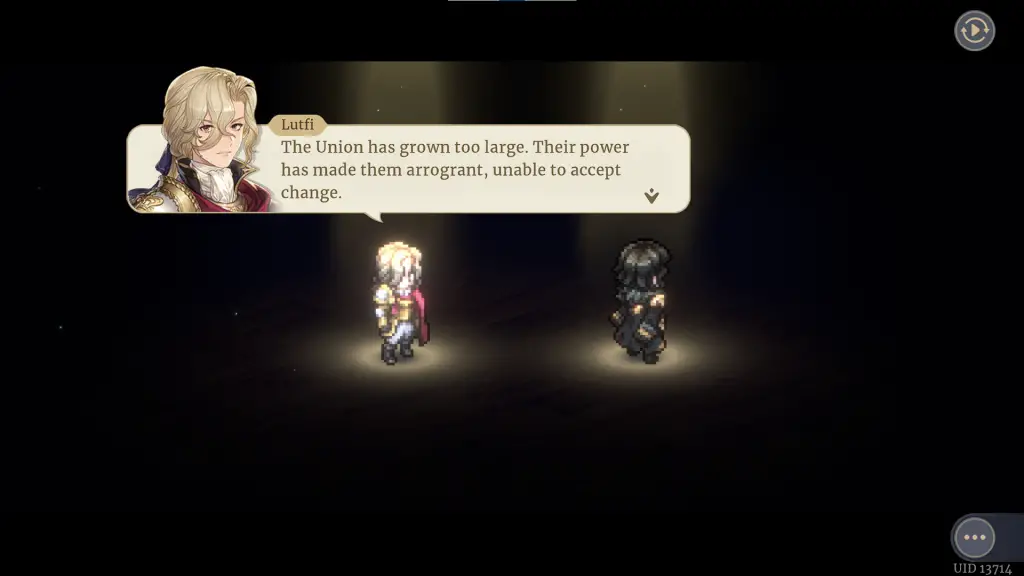
The standout is when you complete major points in the story. The cast of that chapter goes out on a stage, with spotlights on them. They exchange dialogue and communicate their thoughts and feelings about what has happened and possibly what will happen. I found this to be extremely unique. It’s as if we are watching a play, and we are the audience.
Gameplay
What would a tactics game be without good turn-based gameplay? SoC does not fall short in this category. With 66 total units to recruit and 4 different rarities, we will touch on the rarities and recruitment mechanics in the next section.
Battles are all grid-based with different terrain and interactable objects. You will bring a group of your units to each battle. There is a strong element system, for example holy and dark elements are in their own category and holy is strong against light so they will gain an advantage when attacking the opposite unit. This goes for all the other elements as well. Playing to the strengths and weaknesses of the enemy forces is a necessity after the tutorial stages. I found myself struggling during some of the harder missions if I didn’t have the correct synergy.
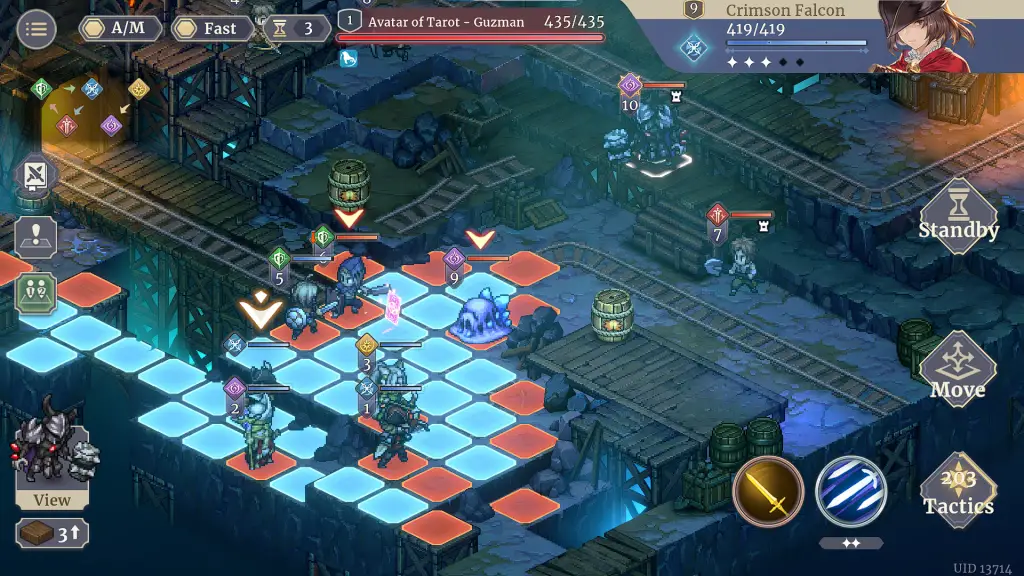
The main gameplay loop missions involve battling, escorting, or keeping a single target alive. The escort missions are a bit tedious, but they give a different perspective story-wise. In some missions, you control a single unit that you must bring across the map without getting seen, using the environment and enemy vision to your advantage. This is unique and not often done in tactics games like this.
Early on, you will be given Talent Abilities, which are special abilities that correspond to the elements. 5 different types and each uses Talent Points, TP, to use in combat. The way to gain TP in combat is through combat advantages; you are rewarded for being strategic. For example, using the high ground to attack will give you points, suppressing a unit or interrupting them will do the same. Setting up flanks and so on will give you TP. The more TP you have, the more devasting the ability you can use. My favorite so far is Ragnarök, it cost a lot of TP to use, but it can single handedly win you a battle. It is a massive meteor that covers a wide area and does a fair amount of damage to units.
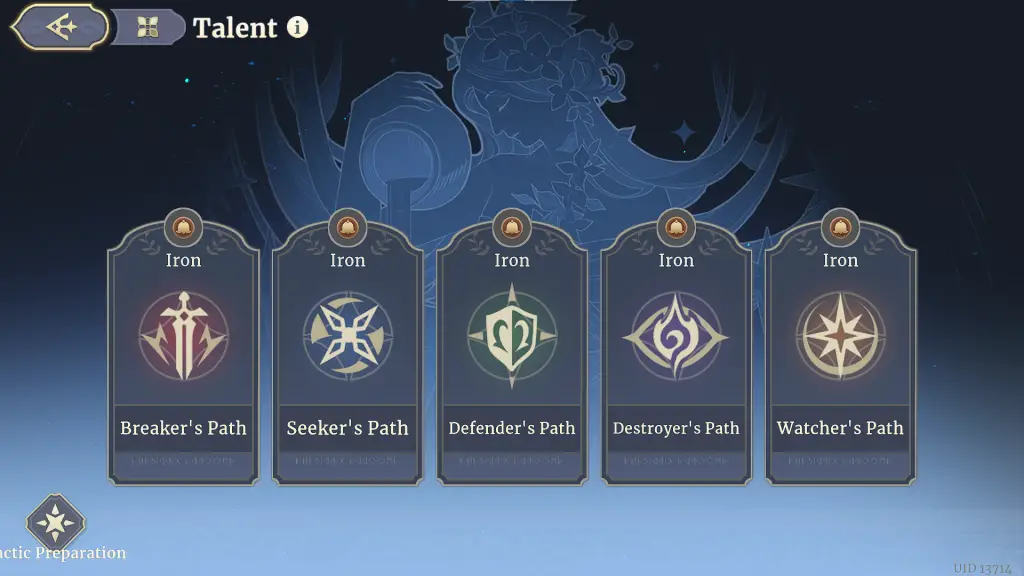
Picking the correct units is also important. Having a balanced team will ensure success through most confrontations. My usual group would contain two frontline fighters of differing elements, a magic user and a ranged or rogue unit. This allowed me to experiment and tackle missions in my own way. Nothing is stopping the player from using a full team or magic users or tanks. If your element beats theirs, you will be at an advantage.
In battle, you will have the basic move and attack functions and then one ability that is usually on a cooldown and takes points to use. As you grow stronger, you will be able to advance the rank of these specific units and gain more active and passive abilities. These abilities can range from a simple kick that pushes your enemies back a few tiles or even off the map to massive AoE spells to control the flow of battle.
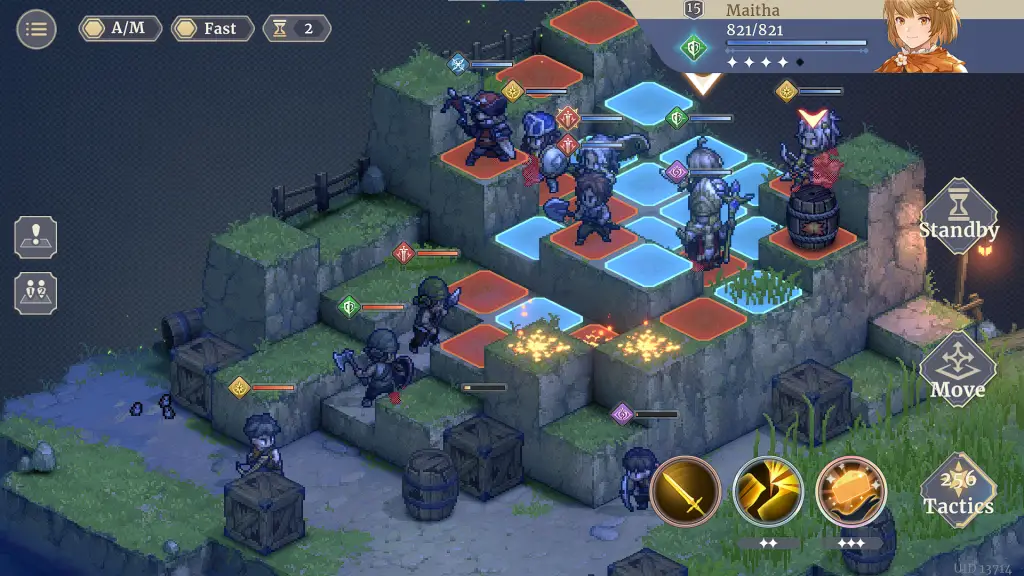
In each battle, there will be objects that the players and enemies can interact with. Explosive barrels can be found on a majority of maps, and they dish out a ton of damage. So, you should play to those environmental features. Some maps have massive boulders that can be pushed and instantly kill enemies, which can leave you to figure out how to line up the greatest number of enemies to have them die in its path. We have oil barrels that can be sent across the map, just like the boulders, but they leave the oil on the ground, which can be ignited. The choice is yours.
Starting in Chapter 2, players will begin to have choices that impact the flow of battle. You are a mercenary, of course you will get optional help here and there. The players will often have a choice of how to approach a battle, whether that be choosing an assassin to strike from the rear or two archers to rain down arrows from a vantage point, or, my favorite when you have the option to get more front-line units when attacking a castle. The game gives you a lot of choices, and you can replay to see how each choice impacts the battle.
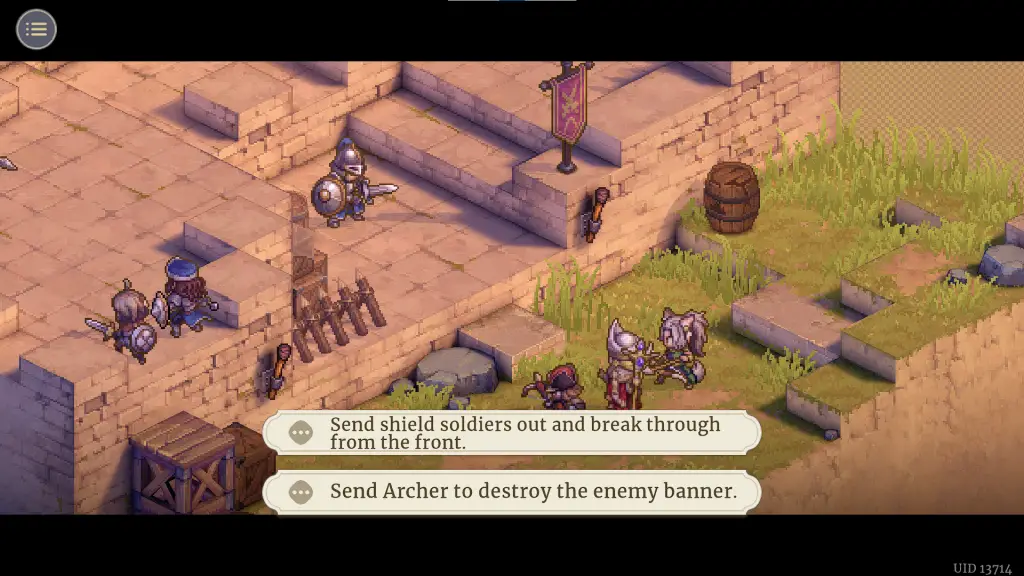
Past the main story, there are two optional game modes: Spiral of Destinies and Crossing Worlds. Spiral of Destinies offers a full animated cutscene and is an entirely different game on its own, with its own starting units and a few that you can bring in yourself.
Spiral of Destinies could be its own game. I was shocked by the depth that it brought. It has a full town and upgrade system, a tavern to recruit units, and a fully fleshed-out reputation system for the full-scale war events that are taking place. You also have the choice of choosing your battlefield on a weekly basis in the game and where to position your troops on the war front. You can also send them to complete questions for the townsfolks and war effort, such as collecting wood or escorting a caravan.
Crossing Worlds, on the other hand, is a bit more generic. Each battle section offers different types of upgrades, whether currency to upgrade your troops, element currency, or all resources. This is basically the upgrade section.
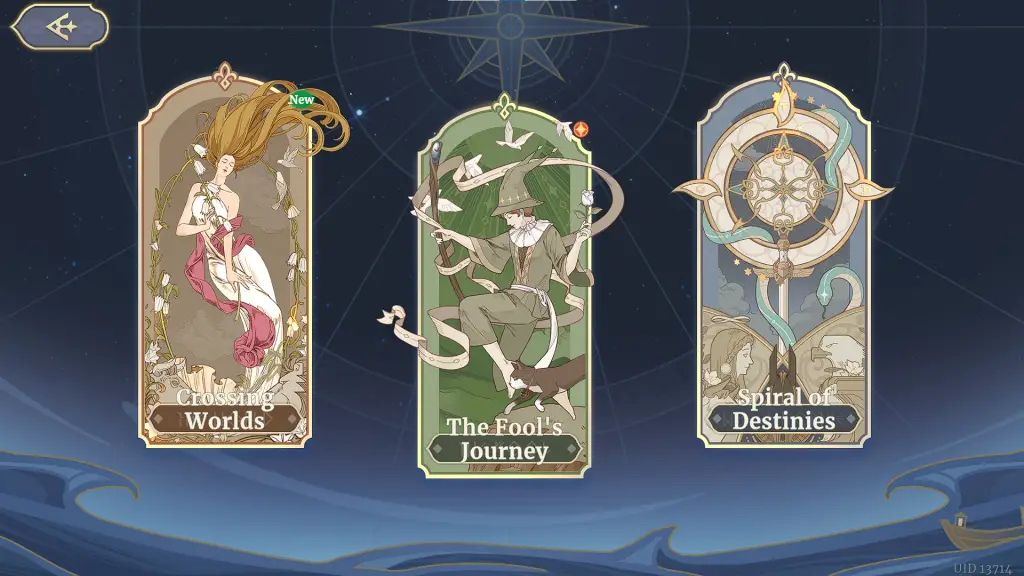
There are a few more systems in place on the gameplay side. The bond system, which allows you to bond with your units, will increase all of their attributes by a single percent. So, is there multiplayer? Yes, kind of. The mode is called Clash, and you will have to set up defenses for your own castles using the units you have. Your units will defend automatically from opposing players. Then you can also challenge other players castles and their units.
Art and Music
SoC has beautiful pixel art for units, and art frames for the units look great as well. Players also have the choice of decorating their main base with different types of furniture or plants.
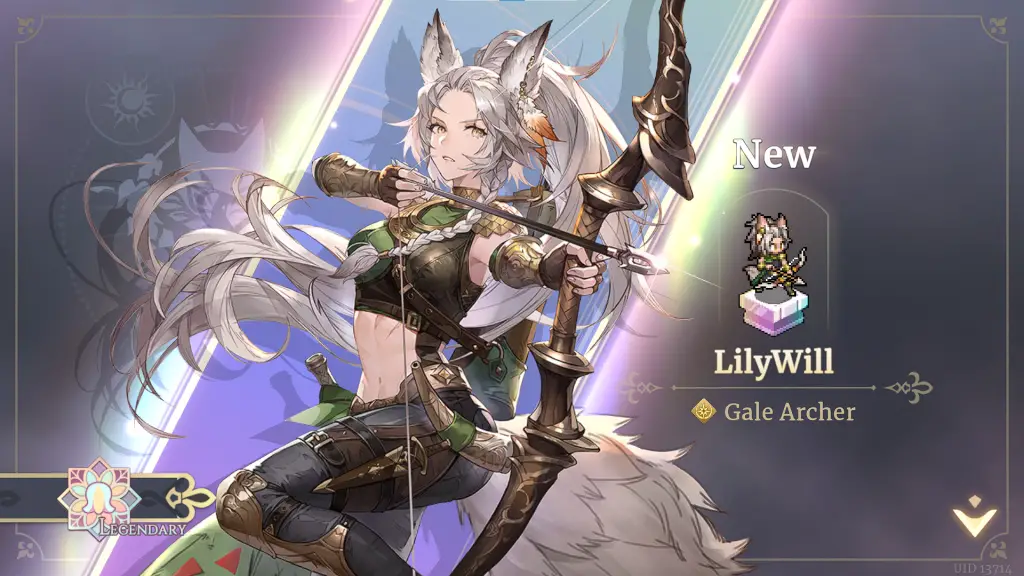
The pixel art is also well-animated, and each attack has a weight to it. Feel the impact of each sword slash, each fireball, and every block in combat. All the top units are also fully voiced. They will speak in and out of combat.
The music is produced by Hitoshi Sakimoto – best known for scoring Final Fantasy Tactics, FFXII, and Tactics Ogre. So, it really is no question that the music and battle themes are great. Now are they the best or do they truly compare to FF Tactics? Not exactly. I haven’t heard a theme that is as great as Sakimoto’s “Trisection” but that is already difficult to match.
Gacha Mechanics
This game does have a gacha system and an energy system. With 66 units to collect and four different tiers of units, players can expect some grinding to get all of these units and then max these units out.
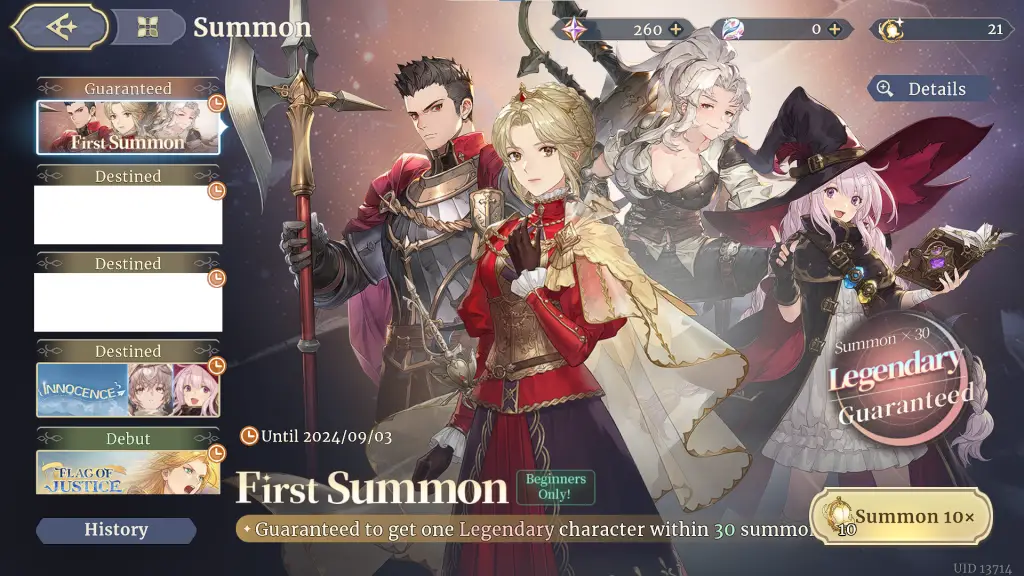
The gacha system is expensive, and it can feel very spaced out if you stick strictly to playing for free. The interesting part is that the top-tier units aren’t really needed to complete most of the missions. While they are nice to have and can make the missions easier, the units you are given from the start will be more than enough to get through the game.
The energy system also comes into play with these mechanics. It takes roughly six and a half hours to fully restore your stamina, but you get a full restore at every level. You will also have the option of buying energy refills from the store.
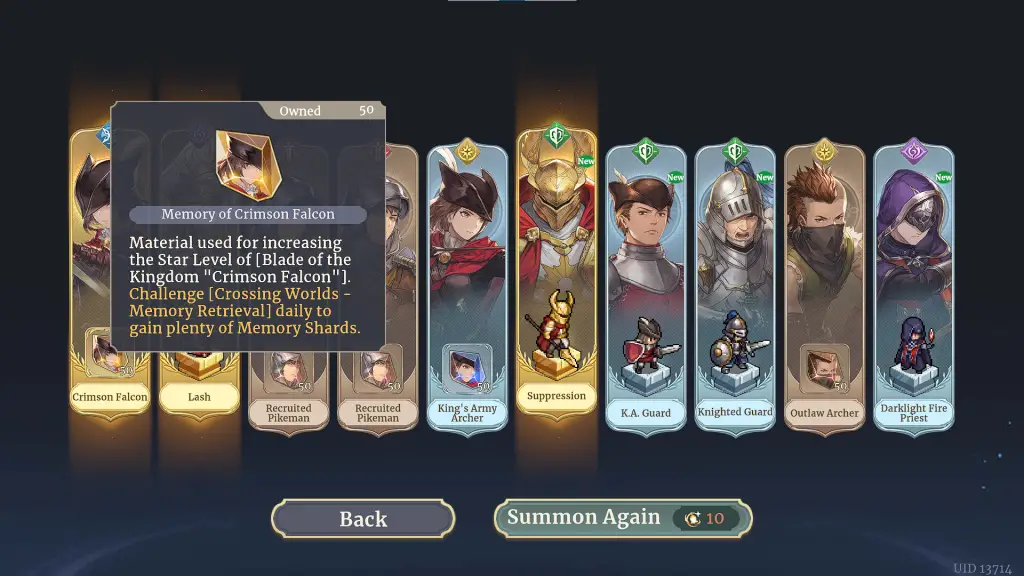
There are also multiple banners and battle pass-style events that have a free and paid path. This might not be everyone’s cup of tea, but they are present. The free rewards from these are small in comparison to the paid tracks they have.
My Verdict
Sword of Convallaria is a great tactics game for mobile and PC. While I had a few hiccups throughout playing, I enjoyed my experience overall and thought most battles were fun especially the boss battles.
I did find all the different options in the game to be overwhelming at times. Having to do specific missions for character and stat upgrades can become a bit draining after a while. I also realized that I was limited in how much I could grind when we incorporated the energy system and that one of the grinding missions was limited to once a day.
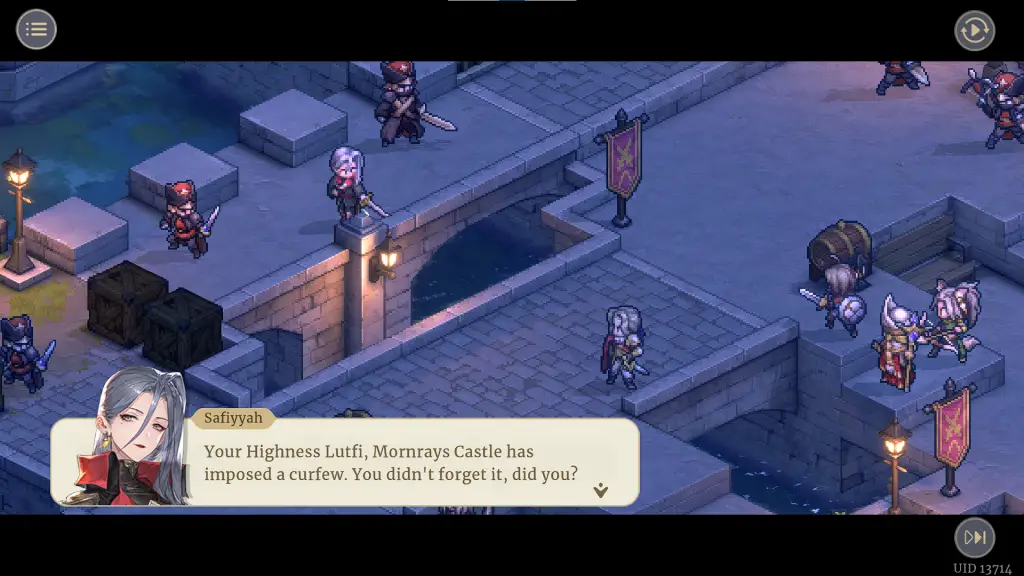
The gacha mechanics were a bit of a bother since it felt like I did not get a 10 pull very often and the rewards to purchase the summon currency were very small, but still I was allowed to do a fair share of 10 pulls. Once I had a team of all the types of units I wanted I stopped paying attention to the gacha and focused more on them from there. Overall, if you are a fan of tactics games like Final Fantasy Tactics, I would give it a shot.

